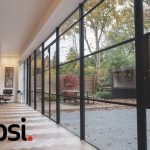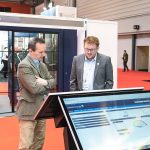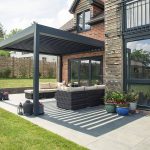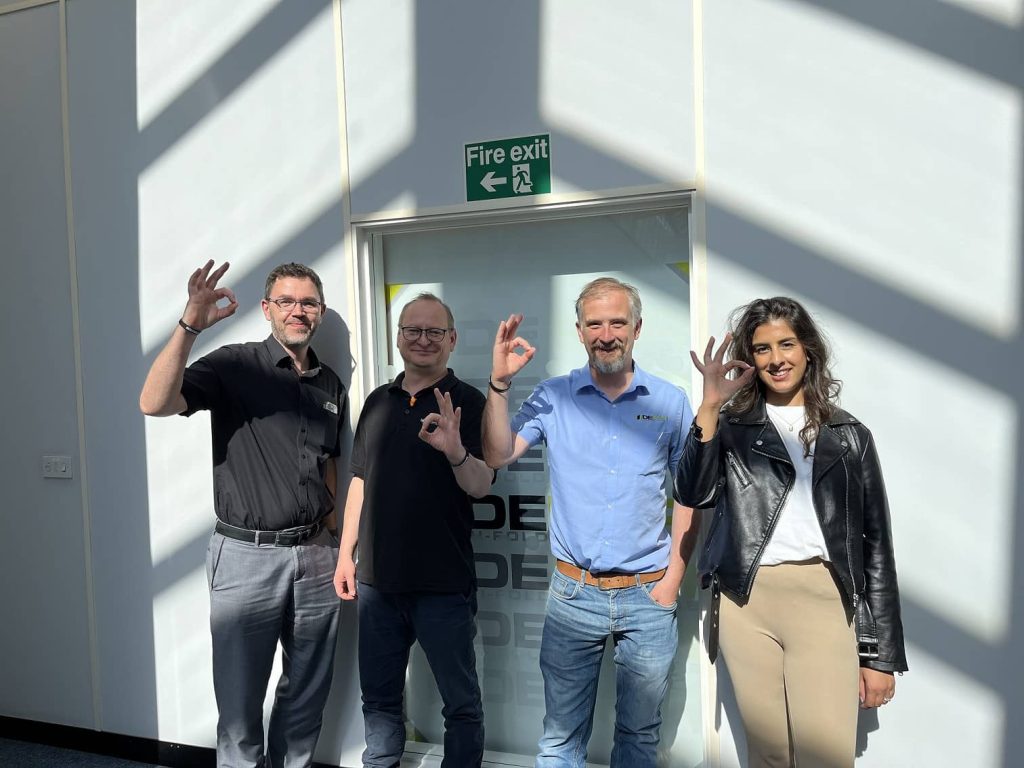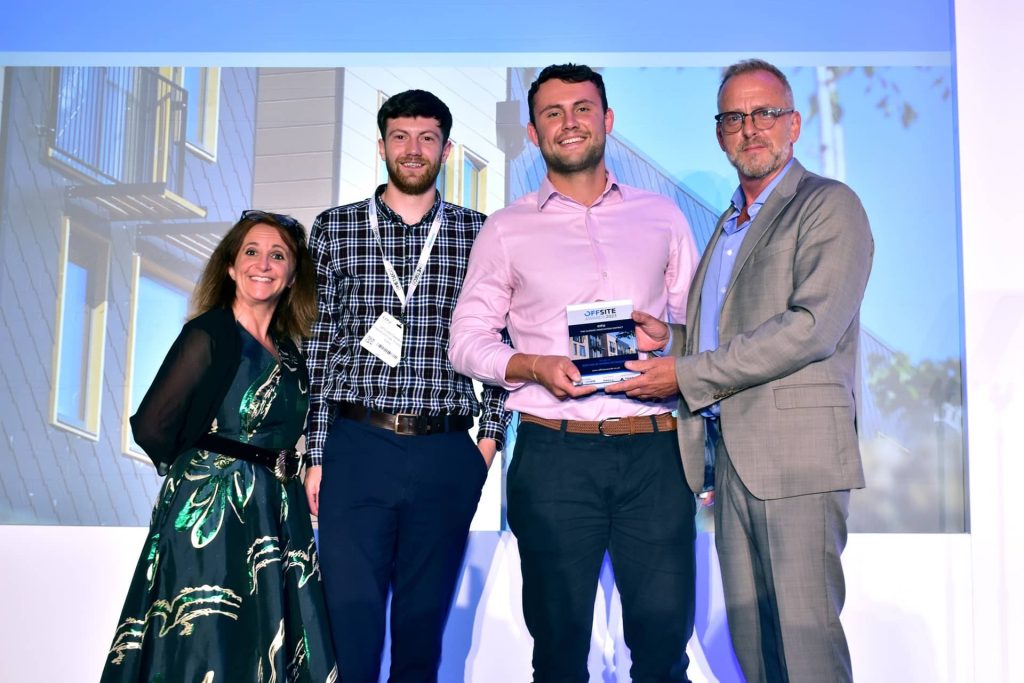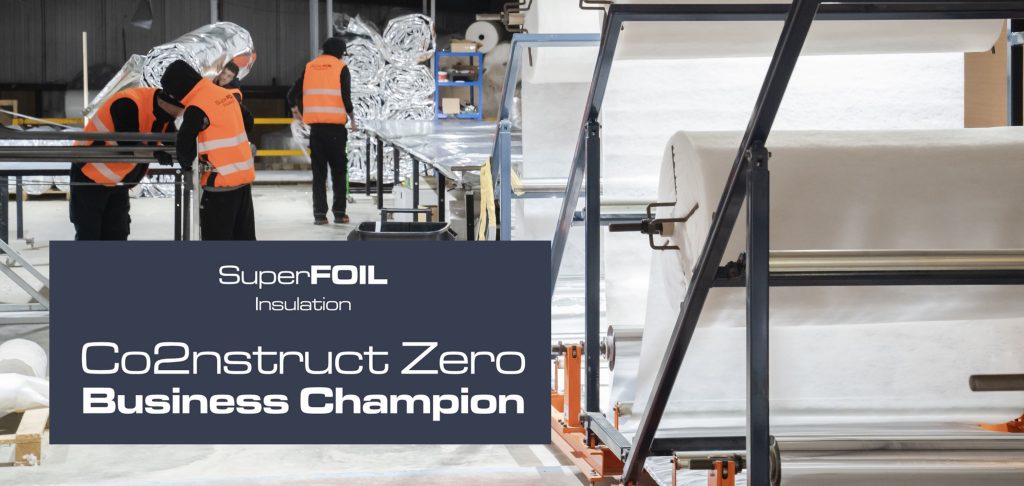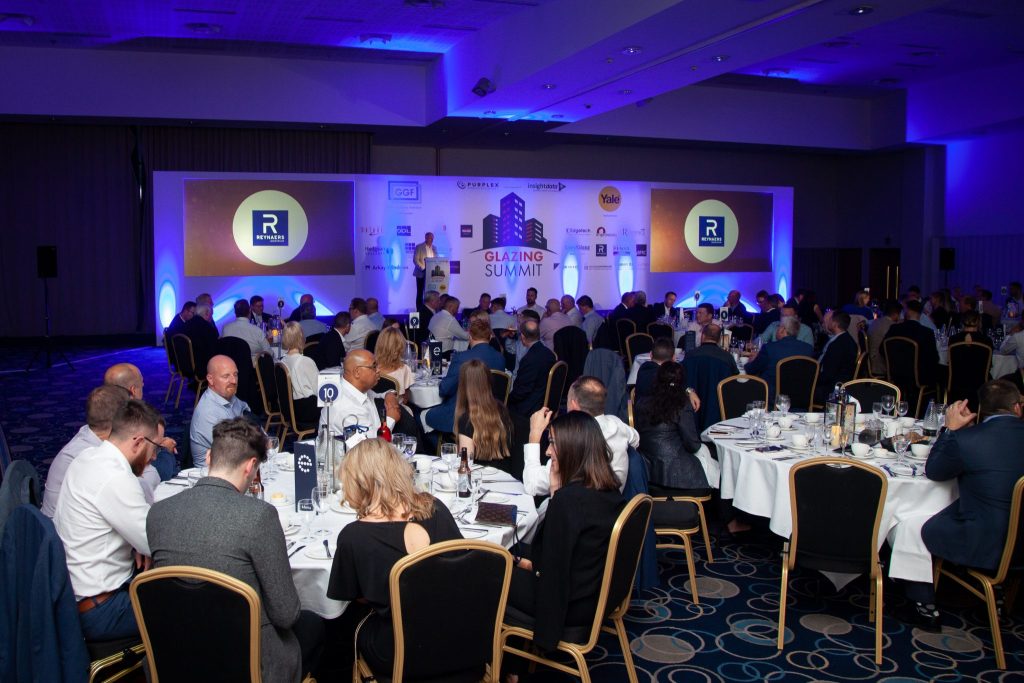Wildlife-friendly housing

 Society faces an enormous challenge. On the one hand, government has committed to building thousands of homes. On the other, we urgently need to restore our natural world to reverse decades of wildlife and habitat decline. Far too often, these issues are considered in opposition to one another, rather than comfortable bedfellows. Yet, they are inextricably linked. We all need a home to live in and we all depend on the services that nature gives us, like clean air and water, flood alleviation, pollinators and food. Regular contact with nature also improves our quality of life – it makes us happier and healthier. Hearing birdsong when you wake, watching goldfinches on a feeder, walking through the shimmer of woodland bluebells and inhaling the scent of wild honeysuckle on the way to work: all these enrich our lives. Unfortunately, 21st century life-styles mean more people have little or no contact with nature. This disconnect affects mental health, contributes to obesity and even impacts on life expectancy.
Society faces an enormous challenge. On the one hand, government has committed to building thousands of homes. On the other, we urgently need to restore our natural world to reverse decades of wildlife and habitat decline. Far too often, these issues are considered in opposition to one another, rather than comfortable bedfellows. Yet, they are inextricably linked. We all need a home to live in and we all depend on the services that nature gives us, like clean air and water, flood alleviation, pollinators and food. Regular contact with nature also improves our quality of life – it makes us happier and healthier. Hearing birdsong when you wake, watching goldfinches on a feeder, walking through the shimmer of woodland bluebells and inhaling the scent of wild honeysuckle on the way to work: all these enrich our lives. Unfortunately, 21st century life-styles mean more people have little or no contact with nature. This disconnect affects mental health, contributes to obesity and even impacts on life expectancy.
Yet it’s perfectly possible to integrate nature into the built environment and the places where we live and work – there are excellent examples of where this has been done. Built in the right way, in the right places, new housing developments can create beautiful and inspiring places and communities to live in. Additionally, they can make positive contributions to nature’s recovery and to the health and wellbeing of residents. This integrated and holistic approach is at the heart of The Wildlife Trusts’ vision for nature-friendly housing.
So, in practical terms what does this mean for those planning, designing and constructing developments? Firstly, it’s about building in the right location. This means avoiding loss and damage to existing environmental assets and building in areas already well served by infrastructure, and where the natural environment can cope with the demands placed on it.
Secondly – and this is where architects and construction professionals have an important role to play – new developments and the houses themselves need to integrate spaces for both wildlife and people in a way that also reduces carbon emissions and water usage.
The design of the development should start by identifying the site’s existing ecological features. These on-site ‘natural products’ should form the heart around which the built landscape is constructed. That way, existing habitats can be retained, enhanced and joined-up with wildlife-rich gardens, verges and amenity green space, cycle paths and walkways. The result will be a network of natural corridors weaving through the development into the surrounding landscape.
This is exactly the approach taken in Cambourne, near St Neots. Comprising 4,200 dwellings and 60% green space, its design respected the existing landscape character, identifying and using habitat features as the building blocks for the network of green spaces. These frame, join and permeate Cambourne – creating a place where every resident has immediate access to green space and where wildlife thrives and becomes part of their everyday lives.
A whole host of both natural and engineered features can be incorporated in to the detailed design to encourage wildlife, benefit people and provide natural resilience through improved air quality and reduced surface water flooding. Key considerations include:
- Using native plants and seeds of local origin: These have evolved to live with the local climate, animals and soil types and are naturally more resilient to local conditions, making them easier to establish and maintain. Their use should be specified in the design and procurement for gardens, roadsides, parks and other communal landscaping throughout the development. This offers other benefits too. It creates natural corridors and wildlife permeability; it provides food and shelter for animals like birds, hedgehogs, bees and other beneficial insects – bringing wildlife close to where people live; and it creates a familiar ‘sense of place’ by maintaining the local distinctiveness and landscape character of the area.
- Ensuring the right conditions for wildlife features designed into buildings: There is huge opportunity to include engineered nests and roosts for birds, bats, bees and other animals into the fabric of new builds. Some local authorities are already leading the way and specifying this as the norm. For example, Cornwall’s Supplementary Planning Document requires all new residential units to provide either a bat or bird box/brick within the building structure. And to include integrated bee bricks in any development with two or more houses. These are simple and cheap enhancements for wildlife – and provide a continual source of wonder for people too.
But for them to be effective, it is important to seek the advice of experts to site them at the right height and orientation and fundamentally, to ensure the surrounding habitat is suitable and available to provide the necessary conditions like food. Without such considerations these features will struggle to attract and sustain the animals they intended to serve. A good example of this holistic approach to engineered and natural features is The Duchy of Cornwall’s Nansledan development, near Newquay. Here they are installing bee bricks across the development. The bricks provide much needed nesting places for solitary bees. Solitary bees are important pollinators, so the developers are working with the brick manufacturer (Green&Blue) and Buglife to ensure the bricks are complimented by the right type of nectar-rich, bee-friendly planting.
- Maximising potential for people and wildlife: With early consideration at the planning and design stage, environmental features can provide multiple benefits to ensure the development reaches its full potential for people and wildlife. For example, when inter-connected, green spaces, trees, hedgerows, water features and wildflower verges, provide safe, pleasant transport routes for pedestrians and cyclists, as well as essential wildlife corridors. Good sustainable drainage features including green roofs, rain gardens, water buts, swales and balancing ponds, can offer so much more than just surface water management. By introducing botanical and structural diversity they provide great wildlife habitats and amenity value. Trumpington Meadows, a development near Cambridge, includes a balancing pond with overflow and open ditch (swale) features, to keep run-off to the River Cam at pre-development levels. With advice from the local Wildlife Trust, the wetland features were designed to provide additional habitat and biodiversity benefits. And rather than fencing off the balancing pool, its open access, benches and viewing platform invites the community to enjoy a lovely natural view.
There is no one-size fits all and this list of features and considerations is by no means exhaustive. But, the potential for every development to provide an overall uplift in biodiversity is highly achievable. The cost implications are a tiny proportion of the outlay of a housing development – indeed, it’s more about choice – choosing the right sort of greenery and greening – than about radically different costs. The benefits are considerable for business, nature, residents and communities alike. The key is to engage early in the process with those who understand the ecology of the site and the practicalities of managing people’s use of wild places. Do contact us at The Wildlife Trusts if you want help to achieve this!

